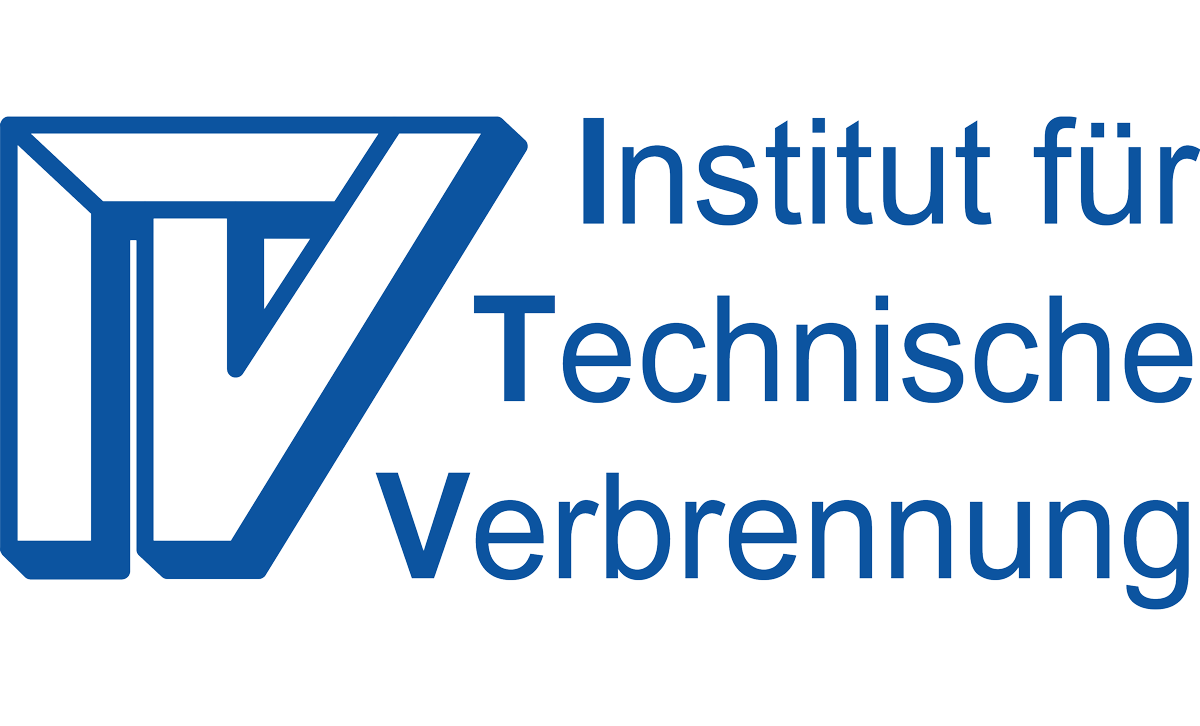In July 2021, the Collaborative Research Center "SIIRI - Safety-integrated and infection-reactive implants" (SFB/TRR 298) started. Within the framework of this research cluster, IFUM is working on the subproject A03 "New diagnostic methods to detect loosened hip arthroplasties" in collaboration with the Laboratory of Biomechanics and Biomaterials (LBB) at Hannover Medical School and the Institute of Electrical Engineering and Metrology (GEM) at Leibniz University Hannover. The aim of the project is to develop a method for early detection of loosened hip implants. Loosening of a hip implant leads to extreme damage to the bone and, according to the current state of medical research, can only be diagnosed by the occurrence of corresponding pain stimuli in the patient. If this occurs, the implant must be surgically replaced, as it is too late for preventive measures. To close this diagnostic gap, acoustic emission analysis (AE analysis) is used in this subproject to detect asymptotic loosening. Acoustic emissions occur as a result of surface friction due to relative micromovements (30-100 µm) between the bone and the implant surfaces. IFUM is currently working in direct collaboration with LBB to design and build a test rig to replicate the friction conditions between the bone and the implant surfaces in order to determine the characteristic AE signals that occur as a result of friction between the bone and the implant. Subsequently, another test rig will be constructed to simulate typical everyday loads on the implant-prosthesis composite (e. g. walking) and to enable the recording of the resulting emissions. In the final step, the findings obtained with the developed measurement methodology are to be used and optimized in a clinical study with volunteers.









